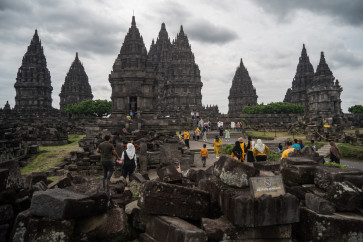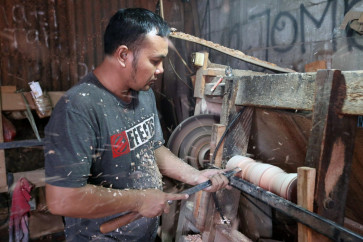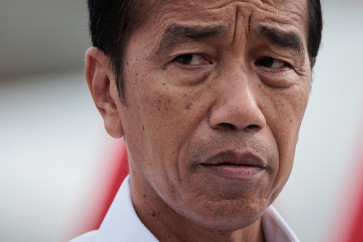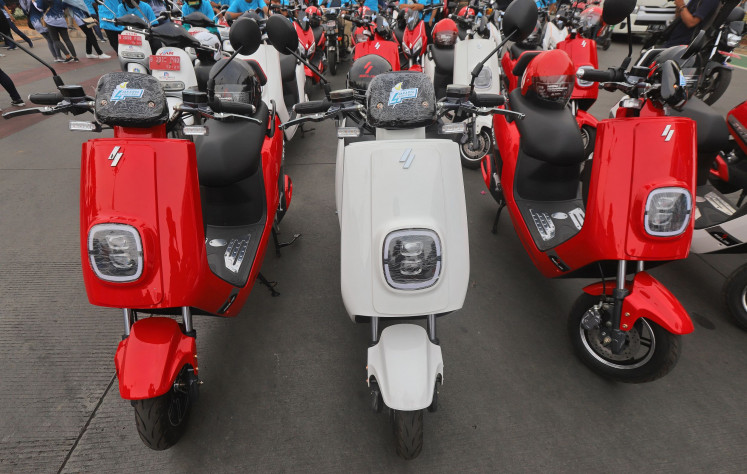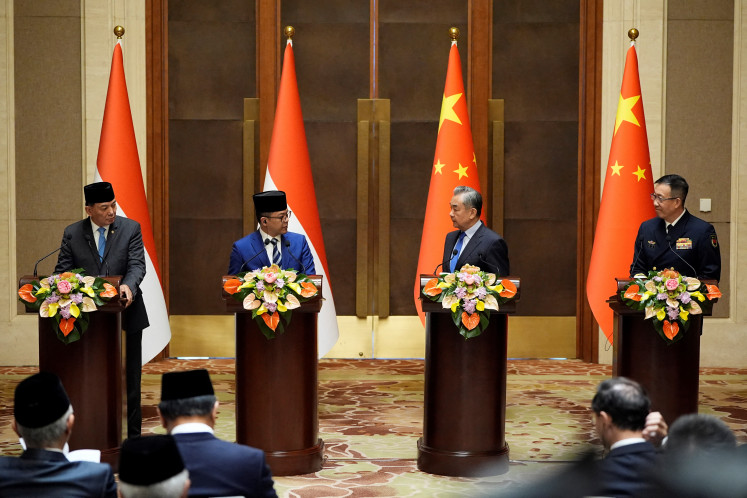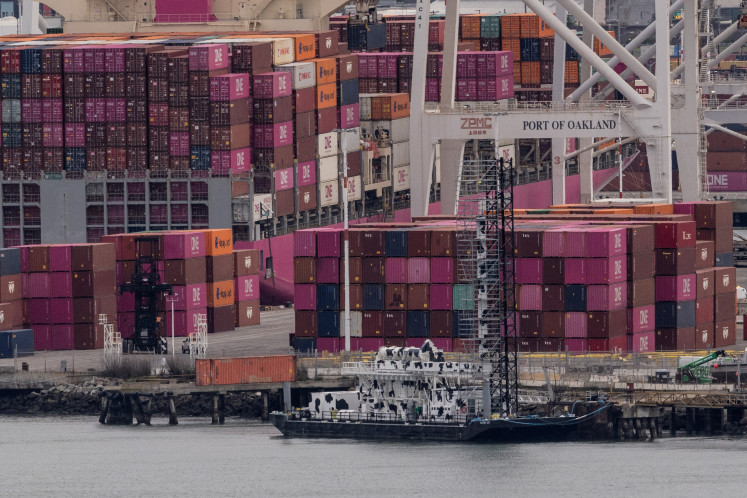Airport 3D X-rays working so well TSA is expanding pilot program
Change text size
Gift Premium Articles
to Anyone
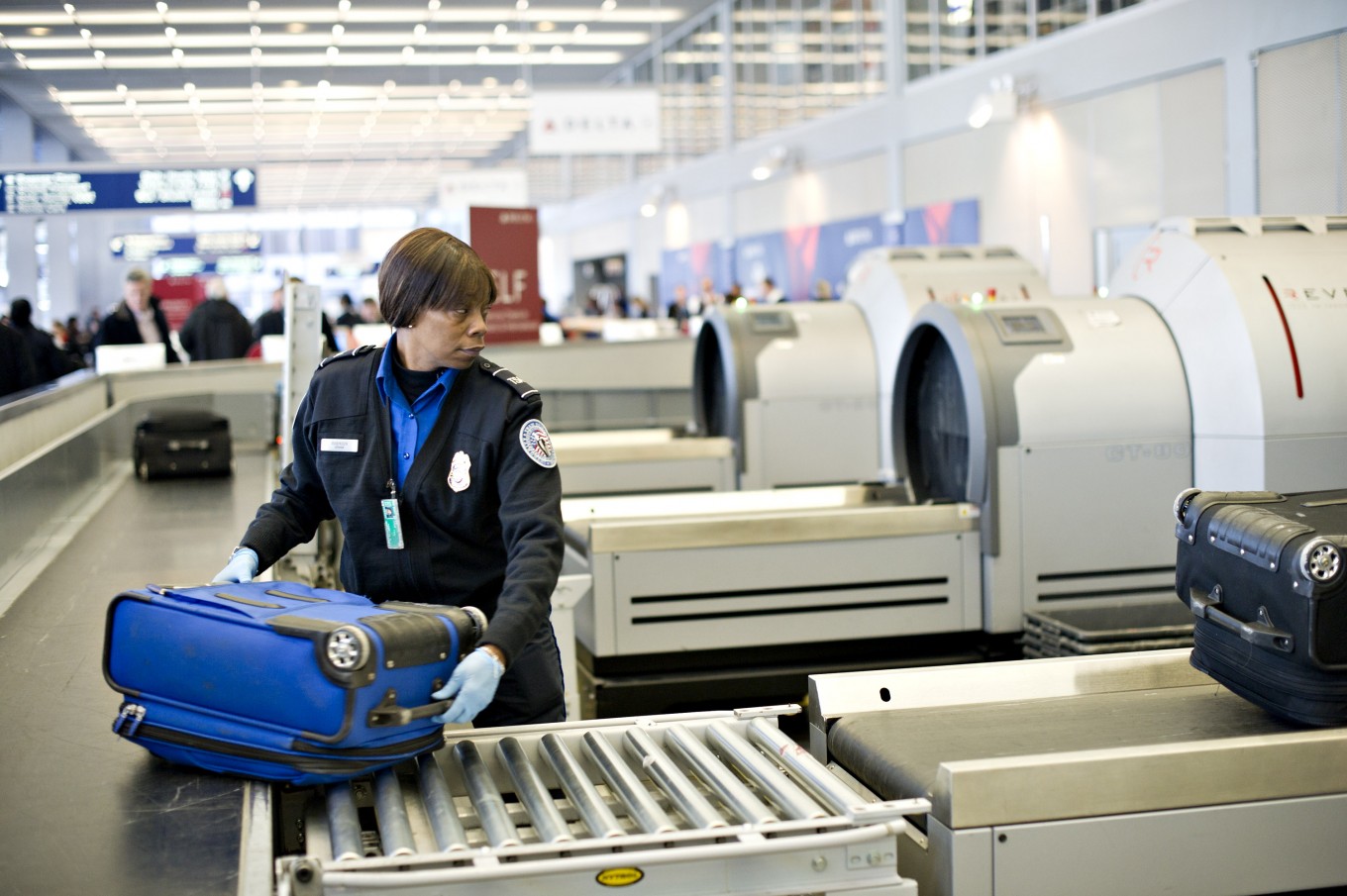 The TSA is also planning to buy almost 300 new devices that automatically scan travelers’ identities as they enter a screening lane. (Bloomberg/File)
The TSA is also planning to buy almost 300 new devices that automatically scan travelers’ identities as they enter a screening lane. (Bloomberg/File)
T
he Transportation Security Administration is so pleased with a program to test three-dimension X-ray technology for carry-on bag screening at airports that it’s increasing plans to buy the new technology starting next year, the agency chief told Congress.
TSA is testing computed tomography X-rays, which shoot hundreds of images of a bag from different angles, at 13 airports and expects to buy 200 of them within a year, David Pekoske told the Senate Commerce, Science and Transportation Committee Wednesday. When the program was announced in late July, the agency estimated it would buy 145 of the devices.
Pekoske called the CT devices a “huge improvement.” Instead of the two images produced by existing X-ray machines, CT machines provide vastly improved views of the interior of a bag and also may someday be able to be programmed to automatically detect liquid explosives and weapons.
“I’ve watched them in operation,” Pekoske said. “They are a significant enhancement in security effectiveness. And I’ve also watched passengers actually self-align behind the CT machines because it’s a better passenger experience. Passengers are not required to take as many things out of their carry-on bags.”
Read also: TSA tests 3-D airport scanners that may let liquids stay in bags
CT technology has long been used for medical purposes and it’s also how the TSA screens checked bags that go in aircraft cargo areas. But it hasn’t been until recent improvements in computer power that the technology has been feasible for the screening lanes.
While having CT scanners at growing numbers of airport checkpoints offers benefits, the 200 still represents less than 10 percent of the nation’s 2,200 screening lanes. The costs of replacing existing X-ray machines hasn’t been estimated, but it may exceed a billion dollars.
The TSA is also planning to buy almost 300 new devices that automatically scan travelers’ identities as they enter a screening lane, Pekoske said. The devices read drivers licenses or passports and automatically match a traveler with a reservation and screen against watch lists. That should streamline the process because people won’t have to also show their boarding passes, he said.

